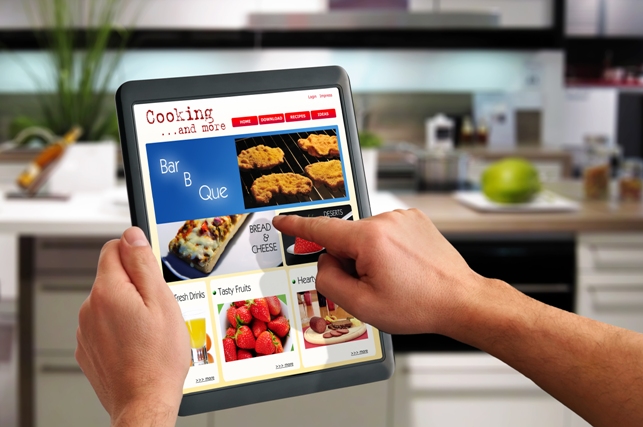- Category: October 2012 - Content Marketing
 When building a consumer mobile service, the initial focus is on working toward a successful launch, meeting deadlines and ensuring the system works properly for the “grand opening,” the press release, the ribbon cutting and photo opportunities. That is important, but planning for long-term success is equally important. Sometimes, it can get pushed so far down the list of priorities prior to launch, that when service providers finally do turn their attention towards it, any measures may be too little, too late.
When building a consumer mobile service, the initial focus is on working toward a successful launch, meeting deadlines and ensuring the system works properly for the “grand opening,” the press release, the ribbon cutting and photo opportunities. That is important, but planning for long-term success is equally important. Sometimes, it can get pushed so far down the list of priorities prior to launch, that when service providers finally do turn their attention towards it, any measures may be too little, too late.
Here are four key elements involved in planning for long-term success
1. Build Awareness
Insight from global deployments is that, once a customer signs up for a mobile service, it is important that service providers reach out to them quickly and proactively. Otherwise, the drop off rates could be rather high.
Plan to drive awareness before, during and right after launch. And have a plan to proactively reach out to customers during the first week after they sign up, if there is minimal activity. One of the best ways to do this is with SMS, as it’s a perfectly relevant way to reach mobile customers. Think about how many apps you have downloaded onto your smartphone, interacted with a few times, and then forgotten about once the novelty wore off. The app or service just didn’t have a good strategy to reach out and encourage you to use it.
Dutch-Bangla Bank Limited (DBBL), for instance, builds awareness and customer engagement through a series of TV and media ads, backed up by signage at agent locations. In addition, notifications from the bank are a good way to keep the service top-of-mind for the consumer.
2. Enable Transactions
Apart from reaching out to consumers after signup, it is important that a mobile service enable useful transactions. This is the value-add part of the service. For example, bill payment is a great transaction that encourages people to come back to the service month after month, especially in emerging markets where the Web channel isn’t widespread. The other way to enable transactions is to have other service providers or merchants become a part of the wallet ecosystem and provide services.
For instance, DBBL enables transactions by signing up capability service providers at a steady cadence, including providers for top-up, salary disbursement, incentive disbursement, and capabilities like cardless ATM withdrawal.
3. Strengthen Relationships
A key aspect of any consumer mobile service should be to encourage the customer to continually use the service by offering loyalty rewards and/or incentives such as coupons and offers. Celcom Aircash, for example, uses a promotion that encourages users to try out the remittance service to Indonesia for as low as RM 5 (about $1.60 USD).
4. Gather and Use Intelligence
As a service matures and processes a significant number of interactions, the provider can mine the accumulated data and use it to better serve established customers, and target new ones. This doesn’t need to be sophisticated data mining. Simple things, such as tracking interactions and providing rewards, can provide great insight.
For instance, with one of our mobile money implementations, the system tracks whether customers have maintained a minimum amount month after month, and if they have done a minimum number of transactions every month. Then, depending on the type of customer (e.g. student, farmer etc.), the system credits interest to those who earn it every six months. This really is leveraging the intelligence available in the system to reward and better target customers.
A well-thought-out and executed consumer mobile service can help extend the reach of any mobile service, better engage your customers and enable transactions via the mobile channel.
By Haridas Nairis vice president, Mobile Commerce Product & Strategy, Sybase 365


